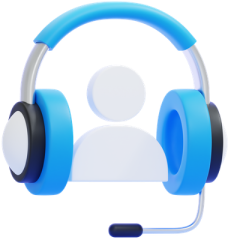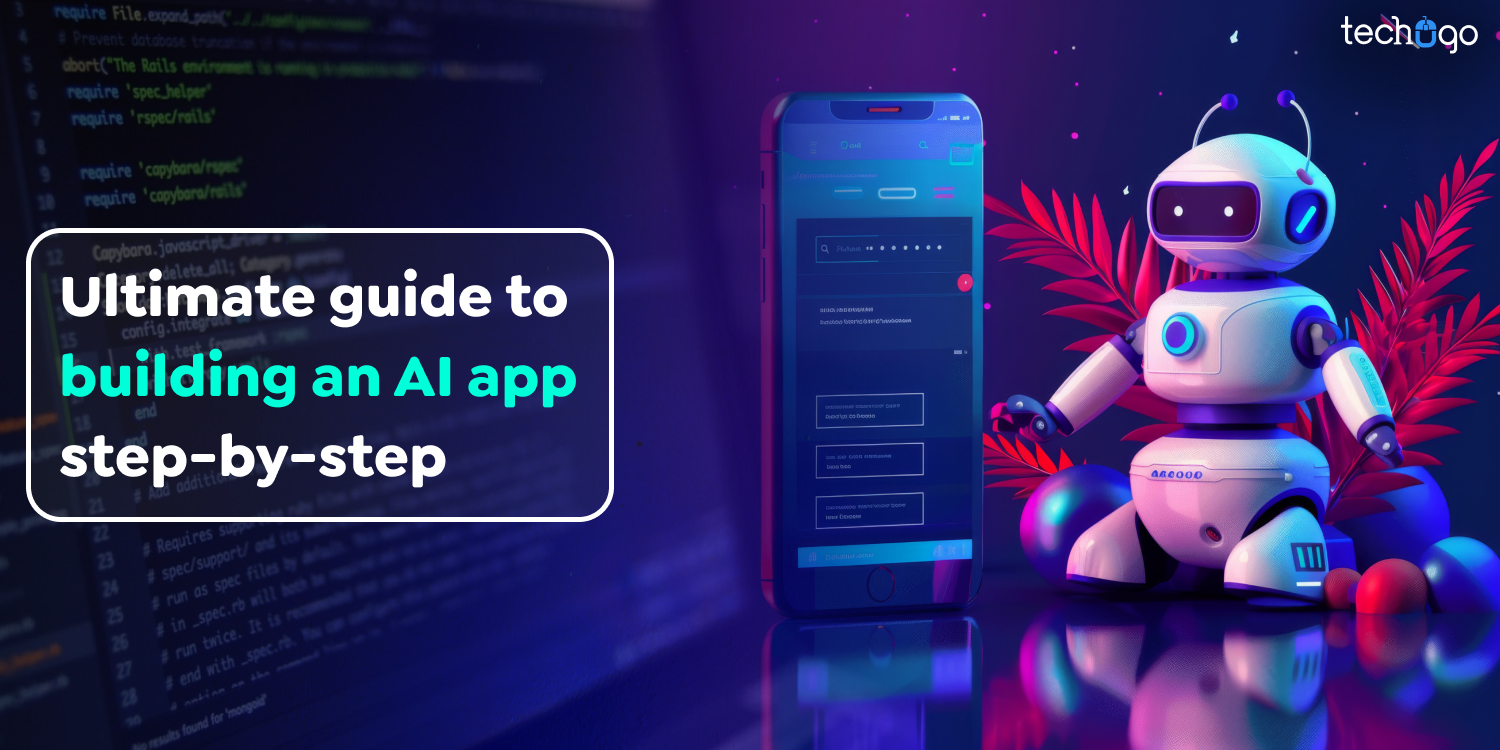8 Oct 2024
Updated on January 30th, 2025
Image Recognition Apps: Revolutionizing User Experience Across Multiple Sectors
Matthew Connor
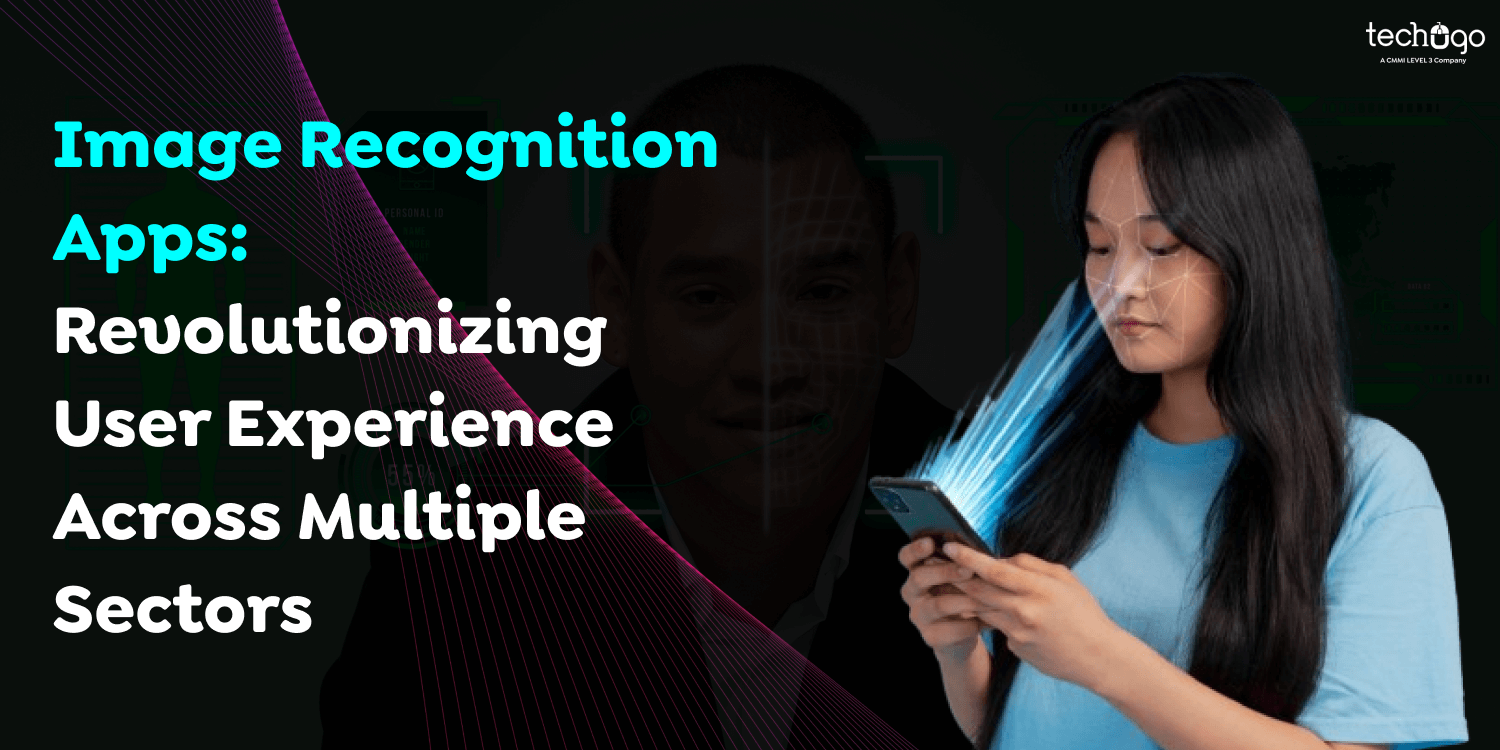
Humans have high processing power in image processing and can discern objects, locations, people, and texts, but they’re not as efficient at recognizing images in a vast array of information.
With the advancements in AI and ML, smartphones and computers can now replicate the human brain’s capabilities.
It’s no surprise that Artificial Intelligence can transform machines into human-like beings today, allowing them to discern different images from a vast data collection without human intervention.
From complicated surveillance software to self-driving vehicles and iris recognition enhancement, enhanced medical imaging and many other image recognition tools and technology are currently used in various scenarios.
The app stores offer an array of applications that use image recognition technology on the backend.
By developing specific and flexible algorithms for image recognition, you can allow users to recognize videos, images, text, and objects with your application.
Find out how an image recognition app functions, the most essential elements to incorporate, the best methods for developing the image recognition application, and the technology you can use to create it.
What is Image Recognition?

Image recognition technology allows you to recognize objects with unique algorithms and artificial intelligence. What kinds of objects? Anything from basic geometric shapes and vegetables to people’s handwriting or more complex actions such as pushups. (By the way, the previous AI image recognition we discussed was human pose estimation. We will demonstrate how to build an artificial intelligence algorithm for image recognition sometime later. This is a bit of a surprise for the reader. )
How do you build an image recognition application? To take advantage of IR technology, you only need a device equipped with cameras (or simply images from the internet) and a pre-designed algorithm to analyze the information. That’s it.
Also Read : How to Create a Diet and Nutrition Tracker App Like Lifesum
What is Machine Learning?
The paragraph before discussed an algorithm required to interpret the visual information. This is what machine learning is. It trains the system to distinguish between bad and sound samples of the things that need to be recognized.
After seeing 200 images of rabbits and 200 pictures of felines, your brain will begin to understand the characteristics that make a rabbit animal and remove animals with no ears. This technique is known as “supervised learning”.
You may have heard of the most well-known machine learning method, deep learning. It is controlled and unsupervised. It would need less than 100 examples for it to determine their classification. What’s not to love?
Understanding the Basics of Image Processing
Image processing analyzes pixel data in digital images to discover and alter photo elements. Some of the key concepts are:
- Image Acquisition: Capturing or importing images via cameras, scanners, etc.
- Preprocessing: transforming images before analysis (resizing or rotation, noise removal, etc.).
- Feature Detection: Identifying regions or pixels of interest such as corners, edges, or other objects.
- Analyze: Extracting meaningful information from images with the help of features.
- Manipulation: Transformation of images based on the extracted data (filtering and morphing.).
Also Read : How to Create a Video Editing App Like Splice: From Concept to Launch
Benefits of Face Recognition
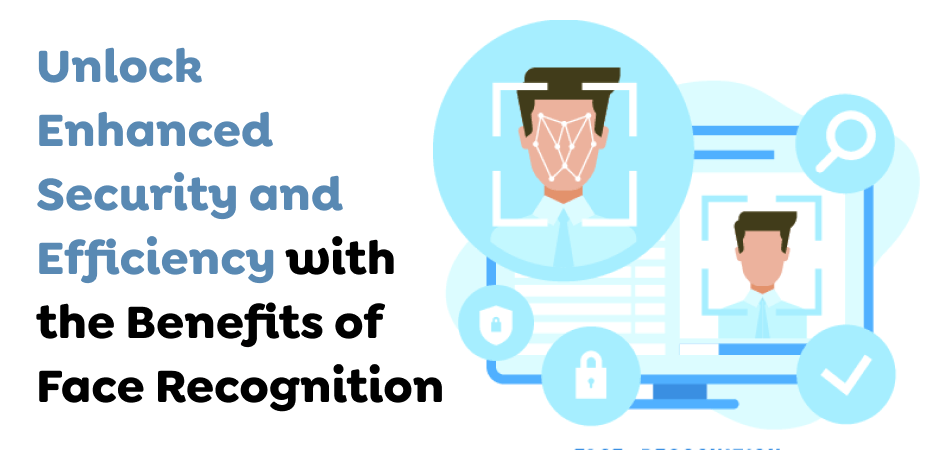
A few of the advantages of facial recognition are these:
Greater Certainty:
Systems for facial recognition can recognize faces in photos that are hard for human eyes to detect. Facial recognition systems enhance human reasoning and decision-making through the precise algorithmic matching of faces. People can utilize face recognition to make “more sure” of another person’s identity by confirming their facial identity.
Security:
In many of the instances mentioned above, facial recognition is used to authenticate and protect. When it is working, the facial recognition system can offer an additional secure method to authenticate customers or users.
Number of Touchpoints are Reduced:
Face recognition allows identification that requires less effort by the user. Users don’t have to input various forms of personal data — or passwords — to be authenticated. They can show their face.
Also Read : How to Create an Invoice Maker App: A Step-by-Step Guide
Challenges of Facial recognition
The drawbacks of facial recognition are:
Accuracy:
The ability to recognize faces can cause mistakes but also present a facade of precision. It may produce results that appear to be accurate but aren’t.
Bias:
Like other artificial intelligence systems, facial recognition systems have been known to have bias. Systems that recognize faces without diversity in their algorithmic training are more prone to mistakenly identify people belonging to minority groups, i.e., groups that were not evenly represented in the data used to train.
Property Ownership:
The use of facial recognition tools from third-party companies raises questions about ownership. Tools raise questions about ownership. Third-party companies have pictures of faces of people that they categorize and label to power their backend databases. Customers may unintentionally consent to process their data when they sign up for one of the countless facial recognition platforms.
Privacy:
Tools for facial recognition, like Clearview AI, PimEyes, and others, allow you to recognize someone based on a photograph without even knowing who they are. This makes it more challenging to keep your identity private. Third-party companies can connect faces to identities and share this information with paying customers. This information is also susceptible to cyber-attacks.
How to Build a Face Recognition App?
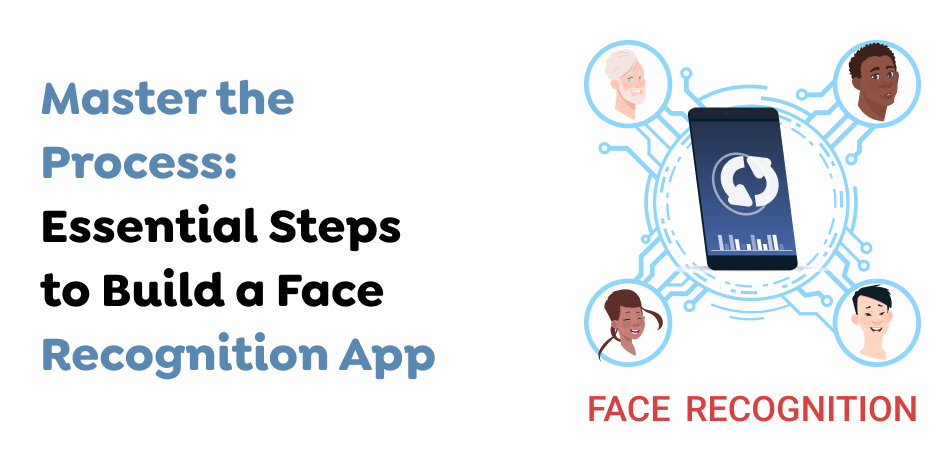
We’ve provided the steps to build face recognition software suitable for mobile devices, and it has different stages.
Understand the Requirements for Your Face Recognition Application Idea
You’ll need to do an in-depth study prior to developing mobile apps. If you have difficulty conducting your research, you might want to consider hiring an experienced image recognition app development company.
You’ll have to determine the following aspects during your research:
- Your intended audience will be based on geographic place, age, and gender.
- Application development methodology along with OS-based platforms, including iOS as well as Android
- Monetization model to your facial recognition system
- Type of app, i.e., define the app’s characteristics.
At this point, you’ll also have to understand the critical characteristics of the machine that recognizes faces. In addition, it is essential to add databases, matching algorithms, privacy, and analytics.
Because the software for facial recognition will utilize AI capabilities similar to computer vision, it is essential to be focused on implementing an agile method of managing the development of your app.
Identify Your Technology Stack to Build Your Face Recognition App
The best tech stack for building facial recognition software differs from one for creating a traditional application. However, the native technologies will be identical for all your apps, like Swift, to build native iOS applications and Java and Kotlin for Android applications.
The only things you’ll have to consider when deciding on the technology platform for the face recognition application are:
- Join a cloud-based service managed by a professional that can help you achieve cost savings, automated upgrades, network security, and centralized control.
- You can get a facial recognition application that is a development tool, like Amazon Rekognition, a well-known API solution for video and image recognition.
- Join a bulk SMS solution to send push notifications to your app users.
Hire an Expert Face Recognition App Development Company
When creating an effective face recognition application is a must, you’ll need the assistance of a reliable mobile app development company in Canada with years of experience creating apps that utilize modern technologies, such as machine learning and artificial intelligence.
There is a list of top mobile application development firms in Canada on websites like Upwork, Clutch, and Toptal. In reality, Techugo is also a prominent app development firm in Canada with experience working with over 100 clients in diverse sectors.
Development and Testing
When you hire us to develop your app project, our mobile app development team, comprising Business analysts, will develop wireframes for your mobile app.
In the future, the wireframe you have drawn of the facial recognition application will be transformed into a prototype, giving you a detailed image of all the functions you’d like to incorporate into your application.
Then, the UX/UI design group will develop prototype designs using current design tools, like Illustrator, Figma, and Photoshop.
When you finalize the design of your app, the mobile application development team will begin developing it. With many years of experience, we’ll start the app development process from scratch and implement various techniques and the most advanced technology stacks to provide you with the most effective solution.
Finally, the quality analyst team will run numerous tests to ensure the application is error-free and flawless across different mobile and tablet platforms.
Launch Your Face Recognition App on the App Stores
After the app has been checked against every device, we will launch it in app stores like Apple and Google Play Store. The mobile developers at our company are fully aware of the guidelines for app stores and will ensure that your app launches in the shortest amount of time and without being rejected.
The steps above will enable you to create an entirely functional facial recognition app. You must now determine how much you’ll have to spend on your application. Therefore, we added the following section to help you choose the cost of creating facial recognition technology.
Reason to Invest in Image Recognition Development

Everyone is doing it since they are.
Qualcomm Connected Experiences, Inc. first introduced Vuforia in 2012, an open-source software platform that uses images to offer an array of AR and VR-related capabilities and allows mobile app developers to expand their scope of vision.
Facebook started helping people who are blind view photos and images back in 2016. Through image recognition software, Facebook’s IOS app generates a description of each image and reads it to the users.
Just earlier than this time last year. Google, one of the most renowned AI firms, has launched Cloud AutoML, a tool designed to make it easier for users to manage the use of AI for business processes. Cloud AutoML is starting by recognizing images, allowing Google’s customers to import pictures and instruct their system on how to identify them in Google’s cloud.
The technology is already being utilized by major companies such as Disney and Urban Outfitters to make searches on their sites more relevant to customers’ needs.
But it’s not just the big boys’ league. Based on an assessment by Bloomberg Chief Economist McDonough from mid-2015, the frequency of earnings announcements by companies that include “AI” or “AI companies” has increased dramatically. In reality, 80 percent of the companies interviewed reported using AI applications in their production.
What is the reason billions of dollars are being invested in this technology? We think it’s because of the potential.
Image recognition on its own is a highly abstract field. Its potential to revolutionize business processes is unquestionable when it is put in context. Let’s consider a variety of image recognition applications in various sectors and business processes:
Healthcare:
A well-known image recognition ability assists in the creation of augmented reality (AR), which is the method that “superimposes a computer-generated image on a user’s view of the real world.” By using AI, AR technology, and a database with visual indicators of disease or ailments, you have a medical assistant that you cannot forget. Through it, doctors receive real-time, precise diagnosis suggestions projected onto the patient’s injuries or medical documents used during exams.
Educational:
Image recognition may help students suffering from learning difficulties and disabilities receive the education they need in a way they can comprehend. Computer vision-based apps provide text-to-speech and image-to-speech that help students with dyslexia or impaired vision read the material provided.
Food and Beverages:
Utilizing the technology of image recognition, this straightforward application for smartphones can detect visual clues from Instagram or Facebook uploaded photos, then analyze them, and present live information. Based on, for instance, the images, it can inform you if family and friends frequent a restaurant in Singapore or if it is a wild location to hold a party. This way, patrons receive a personalized local proposal on a single page, and restaurants can effectively communicate with their target audience.
ECommerce:
Imagine a buyer finding something they’d like to purchase on the street. They don’t know the location; therefore, they snap an image. Then, the buyer uploads it to an online website equipped with image recognition technology. The algorithm can “see the picture, look through the thousands of options to recommend one that appears identical or, at least, most closely resembles the image that the customer is searching for. It’s precisely what Techugo was thinking about when it launched the brand-new AI Lab in March 2018.
Our engineers are working on the Artificial Intelligence Visual Search tool to use the huge E-commerce database containing thousands of products to enhance the E-commerce experience.
Business Process Management:
A more sophisticated image recognition system could aid in identifying people in business operations. For instance, the device could offer Face ID identification, which can replace traditional ID cards used to verify the legitimacy of a person’s application for the authority to carry out an activity, such as access to storage for documents and attend meetings or sign in for work.
However, we recognize that seeing and identifying a person’s face is more complex than recognizing an object based on how it is illustrated and its makeup capability. This is why Techugo will tackle this problem as quickly as feasible with its forthcoming projects.
Image Recognition Use Cases
Image recognition has emerged as an important component of AI and can be used in various fields.
1. Agriculture
When combined with GPS systems, CV technology allows precision farming to boost agriculture’s productivity and yield significantly. Businesses can analyze photos of crops from drones, satellites, or aircraft to gather yield data, identify weed growth, or pinpoint nutritional deficiencies.
2. Healthcare
Since the majority of medical information is based on images, Computer vision is also employed in medical practice. Its numerous applications include everything from modern medical diagnostic methods to analyze mammograms, X-rays, and other scans to monitoring patients to detect early complications and surgical treatments.
Medical images typically have high-quality specifics that CV systems identify with a high degree of confidence. Additionally, AI systems can compare the image against thousands of similar images within their database for the health system, and the resulting comparison can be used to provide an accurate diagnosis by a medical expert.
3. Autonomous Vehicles
Computer vision is among the most important components of autonomous technology, including improved safety features.
Autonomous vehicles from Volvo, Audi, Tesla, and BMW use cameras, lidar, radar, and ultrasonic sensors to record photographs of the surroundings. They can recognize marks, signs, and traffic lights to ensure safe driving.
Furthermore, AI is already being utilized to identify vehicles on the road, including other cars with sharp curves, pedestrians walking on footpaths, pedestrians, and objects generally. However, the technology must be enhanced since numerous autonomous vehicle accidents have occurred.
4. Augmented Reality Gaming and Applications
The gaming industry is beginning to utilize image recognition technology with augmented reality since it allows gamers to have an authentic experience. Developers are now able to use image recognition to design real-world game locations and even characters.
Many non-gaming augmented reality apps also offer image recognition. For instance, Blippar and CrowdOptics. They are both augmented reality advertisements and crowd monitoring applications.
5. Production
Computer vision has greatly increased the potential to detect flaws in industry and brought it to a completely new superior quality. Technology now lets you monitor the quality of the manufacturing process and also directly during the manufacturing process.
6. Photo, Video, and Entertainment
Not least, the media and entertainment industry uses millions of pictures and hours of videos. Image recognition is a great way to simplify the cataloging of stock photos and automate content moderation to stop the release of content that is not allowed through social networks. Deep learning algorithms can also identify fake content made using other algorithms.
7. Security
This technology plays an essential part in the security sector. No matter what the device is, whether it’s an office or smartphone, bank, or even your home, the recognition feature is built into all software. It has different security equipment, such as drones, CCTV cameras, biometric facial recognition systems, and more.
These initiatives would only be feasible with image recognition technology. We are certain that if you’re fascinated by AI, you’ll find the perfect application in image recognition that will benefit your company.
What Algorithm is used to Process Images in Python?
Python offers a range of libraries and algorithms used for image-processing tasks. The most well-known choices are:
-
SciPy-
This computer science library includes tools for image processing, such as binary morphology, filtering, interpolation, and more. It is helpful in tasks such as image enhancement, restoration, and segmentation.
-
OpenCV-
OpenCV is a library for computer vision. It is extensively utilized for image processing and computer vision. It has algorithms to perform tasks that range in scope from face recognition to stitching. It is useful for detecting objects, classifying them, and tracking them.
-
Scikit-
Scikit-image, also known as image, is a program that concentrates on image processing. It comes with tools for segmentation, denoising feature extraction, registration, and much more. It is easy to use and can be integrated with machine learning processes.
-
Pillow-
The Pillow is a well-known Python imaging library for basic image manipulation, such as cropping, resizing, filtration, and color space conversions. It helps create images to be input or output.
All of them are compatible with one another.
Essential Future Uses of Image Recognition
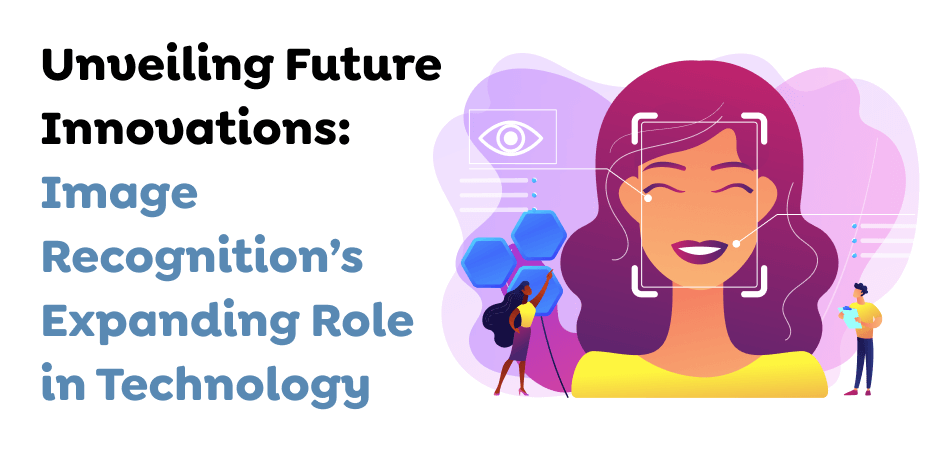
With the integration of image recognition in the world of e-commerce, sharing content (both to protect users as well as to moderate graphic content) as well as health care and vehicles, let’s see the ways that app and software makers are working together to change our current lives as well as the future.
1. Developers and Gamers are Working on Improving Augmented Reality.
In gaming, Image recognition technology is being utilized to transform the traditional way of playing games into something more authentic.
Of course, using image recognition allows developers to create realistic gaming environments and characters. The Honour of Kings is a well-known game played in China. It determines the age of its players by using facial recognition software. The different image recognition techniques used within the game industry cover several choices.
2. Offering Assistance to the Education System
Aiding students with disabilities in learning to process information faster using the image recognition system has proven to be a huge help in the education sector. Text-to-speech can be found in numerous applications that depend on computer vision. This lets dyslexic or visually impaired students understand text more quickly. Additionally, it provides teachers with the latest learning tools and technology to expand beyond conventional classroom boundaries.
3. Medical Imagery Optimization
Online doctors utilize 90% of photos in their reports, making this their most significant source of information, given that we live in a world of images. Because of how they connect every single point, this process will transform diagnosis and make it easier to recognize grave diseases, such as cancer. Senior director of intelligent information systems at IBM Research, John Smith, discussed how image processing can detect melanoma (a type of cancer).
4. Technology to Allow Self-Driving Cars
Yes, Autonomous vehicles are some way from delivering the perfect, smooth travel experience, as a few collisions have been recorded.
Automobile companies will surely profit from this.
Autonomous vehicles can be improved with computer vision and security features.
Many companies are integrating AI, machine learning, and computer vision into creating driverless vehicles.
Researchers are developing AI that will allow cars to see through the dark, based on recognition of images aided by AI and ML in the simplest terms.
5. Consumer Behaviour Prediction
Image recognition will be a valuable tool in branding advertising, targeting advertising, and improving radar. To better understand the behavior of consumers and their interests, brands need to concentrate on the photos of their customers through Image Recognition.
Thus, the brand can simplify and improve its targeting strategies. Alongside medical imaging, there is a different application for infrared technology. The social media revolution has made a difference in advertising, and now, image recognition technology can assist brands and users in better communicating.
6. The Vision of Machines
Another advantage of image recognition is that it lets machines detect manufacturing errors without human intervention since it processes visual input intelligently.
7. Enhancement of Iris Recognition
Because of imaging technology, it is now possible to detect the unique pattern of the iris, which has dramatically enhanced its recognition. However, this technology is in its infancy and has catalyzed many innovative technologies built around recognizing iris. These are only the most prominent instances of how image recognition could be used soon. As we move towards 2020, we’ll see higher-quality and more advanced technology awaiting integration into new areas of technological development.
Conclusion
Computer vision, machine learning, and image recognition are becoming commonplace and aren’t anything unusual anymore. It’s not easy to design an application that can recognize images and successfully do it. But, if you have a competent engineering team working on your project in computer vision, it can yield. Study the market, create the roadmap for your project, select APIs, and then decide the best way to integrate image recognition and other related technologies into your next application.
Get in touch with us today to learn how an image recognition app can enhance user experiences!
Get In touch
We are excited to here from you and let’s start something special Together. Call Us for any inquiry.
Write us
sales@techugo.caJust a call away
About you
